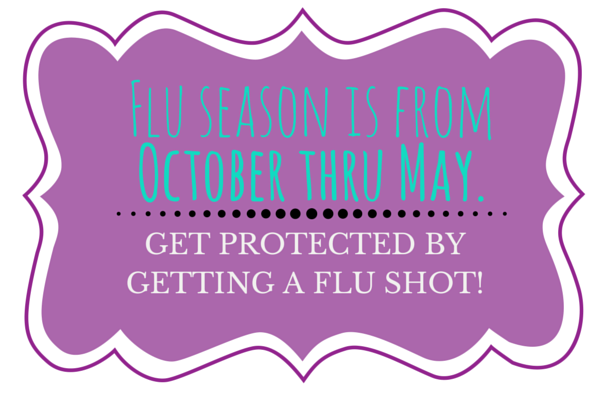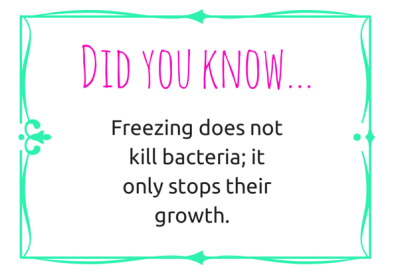General Information on Measles
Measles is a highly contagious virus, especially for children five years old or younger.
Measles Signs and Symptoms
The symptoms of measles (Rubeola) appear approximately 7 to 14 days after the person becomes infected. Measles usually starts with a high fever, cough, runny nose, and red, watery eyes (conjunctivitis). Two or three day after the person develops these symptoms, tiny white spots called Koplik spots may show up inside the mouth. Three to five days after onset of symptoms, a person can breakout in a rash. The rash usually begins as a flat, red spot. This rash shows up on the face at the hairline and it can spread downward to the neck, arms, legs, and feet. Small raised bumps can also appear on top of the red spot. Along with the rash, a person’s temperature can spike up to 104° Fahrenheit. The rash fades and the fever lowers after a few days. Most people completely recover, but complications can occur, such as pneumonia, an ear infection, encephalitis (swelling of the brain), or even death. Complications are more common in adults and very young children.
Transmission
Measles is a highly contagious virus. If one person is infected with the virus, 90% of those who are in close proximity to the infected person, and are susceptible, will become infected. The virus is in the nose and throat mucus of the infected person, so it spreads to others by a person coughing or sneezing. The virus can live for up to two hours on a surface where the person coughed or sneezed. A person can become infected when he breathes the contaminated air or touches the infected surface then he touches his eyes, nose, or mouth.
Infected people can spread the virus to others from four day before to four days after the rash appears.
The measles virus is not spread by animals.
Treatment and Vaccination
Currently, there are not any treatments that can get rid of the virus, but there are treatments that can make a person feel more comfortable. The best step to take is to get immunized and this could be done by getting the measles vaccine, which is part of the Measles, Mumps, and Rubella Vaccine (MMR). The vaccine is safe and effective. Children have the highest risk for developing the virus; they are the most vulnerable population. So, it is very important that parents get their children vaccinated against measles.
Two doses are recommended for people 12 months or older. The child should receive the second dose 28 days after the first dose. Infants between 6 and 12 months could be given the vaccine before their parents travel to areas of the world where the virus is common. Adults should make sure they are fully immunized.
Reporting Requirements of Measles for Ohio
If there is a case of measles, suspected case of measles, or a positive lab result, one must report the case to the local health department of where the patient resides right away via telephone.
If the patient’s place of residence is unknown, immediately call the local health department where the reporting health care provider or laboratory is. Local health departments are required to report the case to the Ohio Department of Health immediately.
Case Definition of Measles for the State of Ohio
The clinical case definition is an illness that has the following:
1. A generalized rash lasting for 3 or more days
2. Temperature of 101° F or more
3. Cough, Coryza (inflammation or irritation of the nose mucus),or conjunctivitis (red, watery eyes)
2015 Outbreak at Disneyland (California)
This January, 102 cases of measles in 14 states were reported. Most of these cases are part of the multistate outbreak associated with Disneyland in California. This one outbreak represents 92% of the measles cases that have been reported this year (2015). 42 cases were linked to an initial exposure at Disneyland, or Disney California Adventure Park in Anaheim, California, in December. These included five Disney employees.
Most of the people who contracted measles have been unvaccinated, or had not know if they were vaccinated.
Ohio is not one of the 14 states with a confirmed case of measles. However, Michigan has had a reported case of measles.
There were more adults in this outbreak then there had been in a typical outbreak.
17 states had less than 90% of children who had received at least one dose of the vaccine.
Resources:
CDC.gov/measles
http://www.childrenshospital.org/conditions-and-treatments/conditions/measles-rubeola


